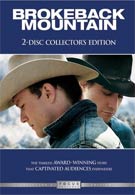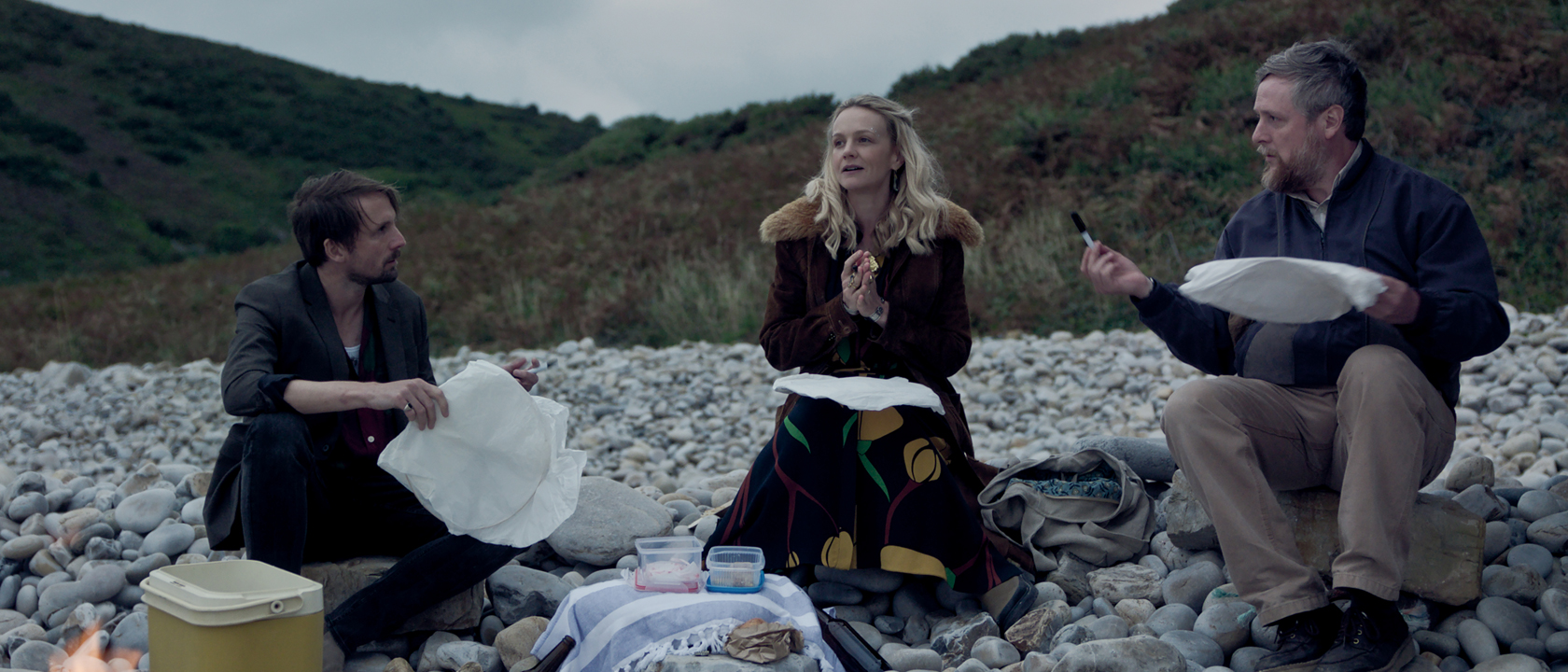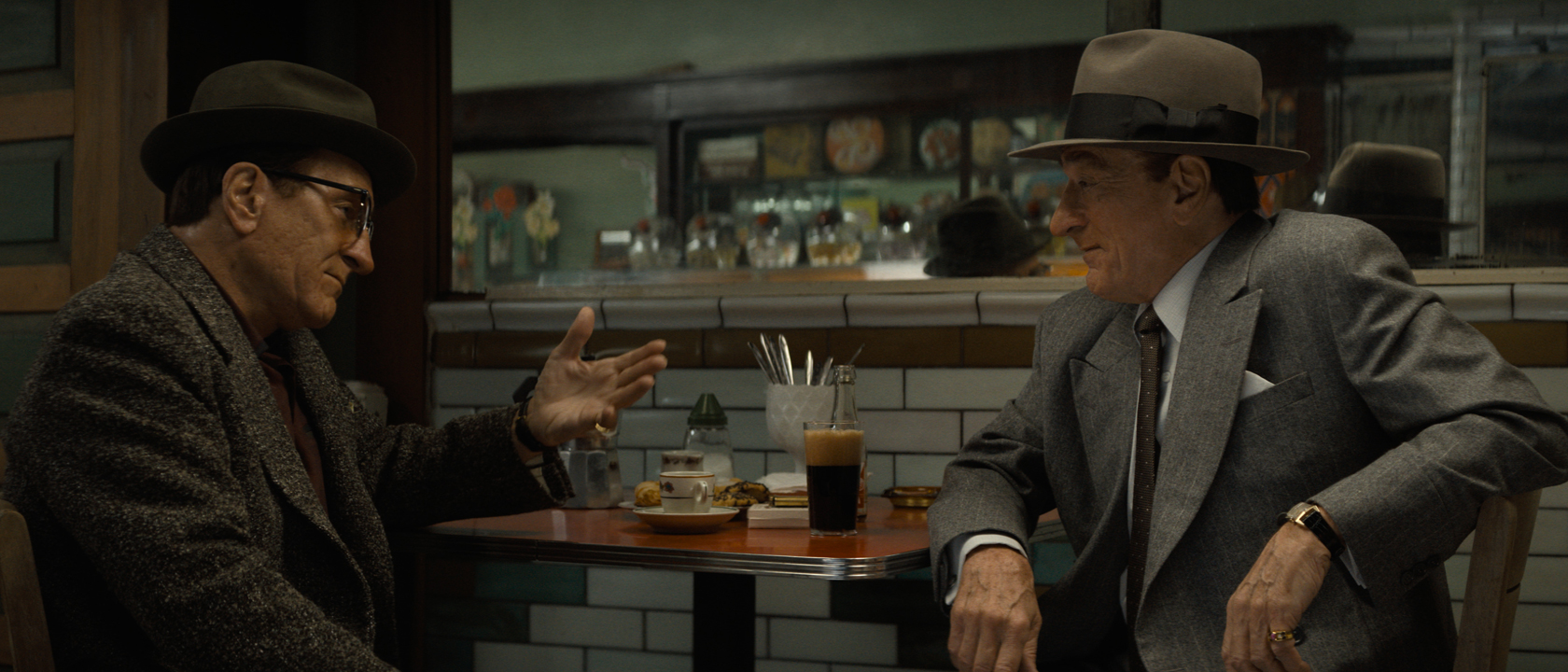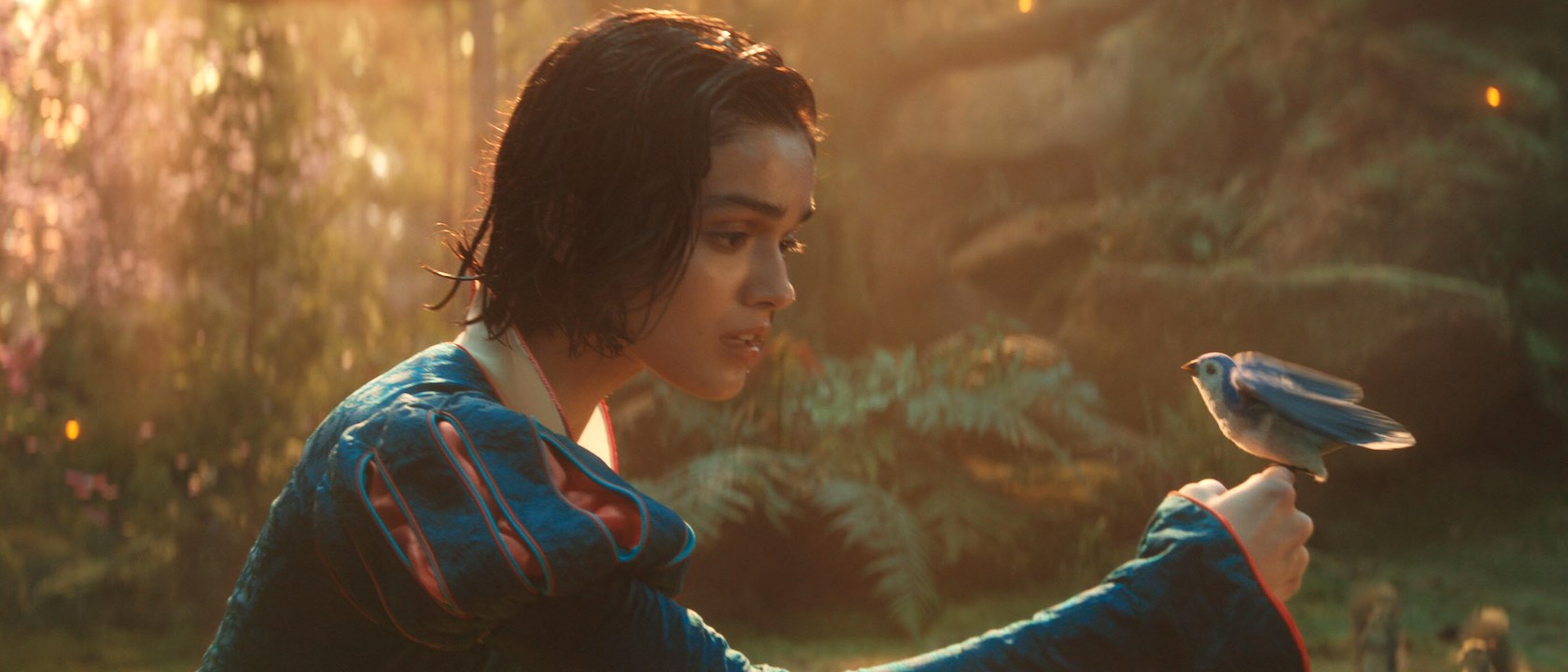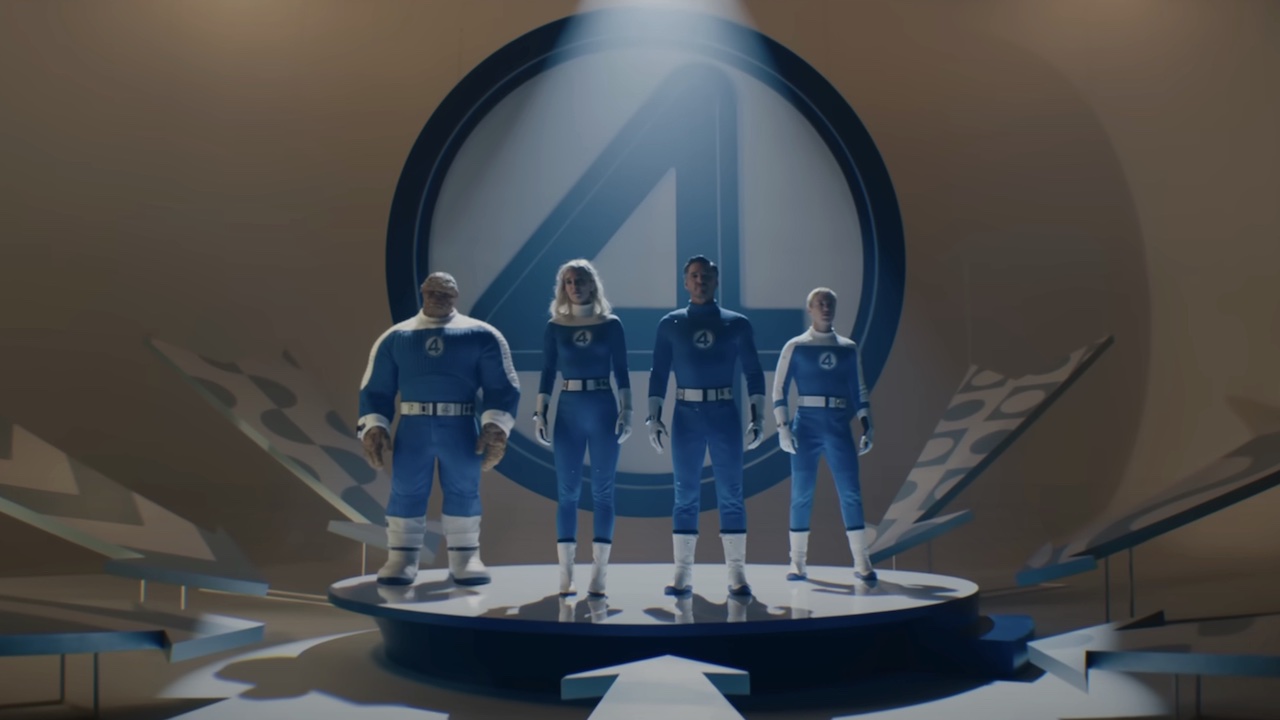A few weeks after Brokeback Mountain was released in theaters I was sitting with my mother when her friend approached and asked what the movie was about. Before I had a chance to answer, my dear old mom says, “It’s the one about the gay cowboys.” In my mother’s defense, she was not the only one to summarize the movie the way she did. We heard it everywhere. In actuality, the movie is about two men in rural 1963 Wyoming, whose love is too tender for the rigid social atmosphere in which they live. More simply, it is a love story. The catch, of course, is that because the story is defined by two men in love (two men who happen to be cowboys) the popular tagline becomes, “gay cowboys in love.” It’s an easy label to put on something audiences haven’t seen before, which is in fact what the film’s screenwriter, Diana Ossana, describes in one of the extra features on the DVD. How do you categorize a kind of movie unique to its time? That’s unique to its genre?
Brokeback Mountain’s text opens up when we ask these questions. The first shot of the film is a long shot of rolling landscape; before a line of dialogue is spoken we know one of the story’s main characters is the land. Western films, classic and revisionist, are at their core about landscape, about how man interacts with nature. Ennis Del Mar (Heath Ledger) and Jack Twist (Jake Gyllenhaal) redefine American assumptions about the Western through the expression of their love, by bringing forth the latent homosexuality that is very much a part of our culture.
Each of director Ang Lee’s images is perfectly framed. In one shot, there is the vast purple-bluish depth of snow-capped mountains. In another, Ennis or Jack stand amidst layers of green foliage, the line of their skin delicately blending with the light of the sun. Each shot in itself is a small work of art. The film has is graceful, and it moves with you. Slowly, notes of resolution and tension build, point and counterpoint, until the film crescendos in a waterfall of emotion and truth. If the 8 collectable postcards included in the Brokeback Mountian DVD box is enough to inspire you to purchase the set, you are easily entertained. If the 8 postcards, plus the 6 heavily edited featurettes included on the second disc are your point of purchase, then you are Universal Studio’s most ideal, happy consumer. On the other hand, if a copy of this fantastically well-made movie, with its beautifully raw characters and breath-taking scenery is your reason for purchasing the Brokeback Mountain set, well, then, you are perfectly sane. The DVD set is the 2-Disc Collector’s Edition, but you need not be a “collector” to value the DVDs. In fact, if you consider yourself a plain old fan of the movie the discs might be for you.
Whether you’re a “collector” or a fan, DVD extras are a great way to illuminate the filmmaking process and de-mythicize the persona of the director and actors behind the film. Though, oftentimes, as is the case with the Brokeback Mountain set, the extras disc is packed with interviews and “the making of” segments that serve more as promotional reels rather than a substantial history of the film.
The combined information in the 6 bonus features is not a total loss, however. The best of these is “Music from the Mountain,” that introduces us to composer Gustavo Santaolalla, and other musicians. Here the music is treated as a character, and I must admit, gives a greater appreciation of the sound’s paced, minimal use in the film. For a movie that so highly emphasizes nature, the music has an organic feel, almost as if it were ambient to the characters’ naturalistic setting.
Conversely, “Impressions from the Film,” a long series of still pictures taken from the movie, borders on the pointless. In between this are four more features that lightly discuss the making of the movie, with interview footage from director Ang Lee, actors Heath Ledger and Jake Gyllenhaal, and from producer James Shamus. Screenwriters Diana Ossana and Larry McMurtry are also on hand to talk about the original story material by Annie Proulx, and the difficulties they had getting the script made. Though, intercut with all of this are stock shots that are used again and again. By the time we see the shot of Heath Ledger and Jake Gyllenhaal cross the river on their horses for the 3rd time, we’re bored. I wanted to see more of the creators in conversation; long takes of the creators inflecting their stories are more powerful than any image they could pick from the film or behind the scenes.
My guess is that later, should Brokeback Mountain maintain its acclaim and interest in the future, a detailed disc will be out with discussions about the movie’s manipulation of the Western genre, and longer, uncut interviews where we get a real sense of the personalities behind the picture. Until then, embrace the movie on disc 1.
The No. 1 Challenge Fantastic Four: First Steps Faced Is Not What I Expected, But Makes Sense
Black Mirror's USS Callister Sequel Was Less Star Trek Than I Hoped, But There Are Two Big Connections Fans Will Appreciate
How To Watch The Last Of Us Season 2 Online And Stream Every Episode Of The Award-Winning HBO Series From Anywhere
